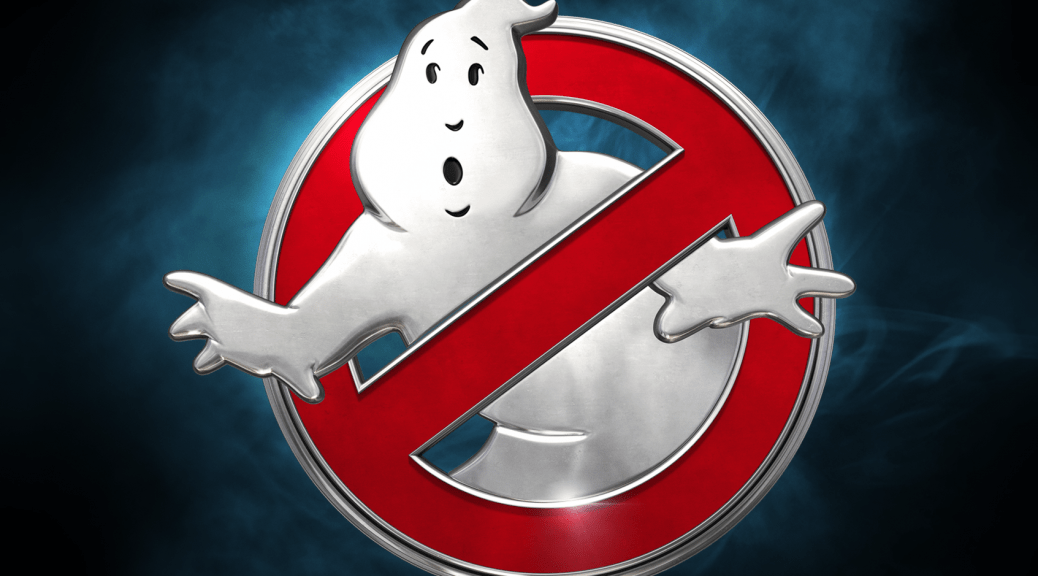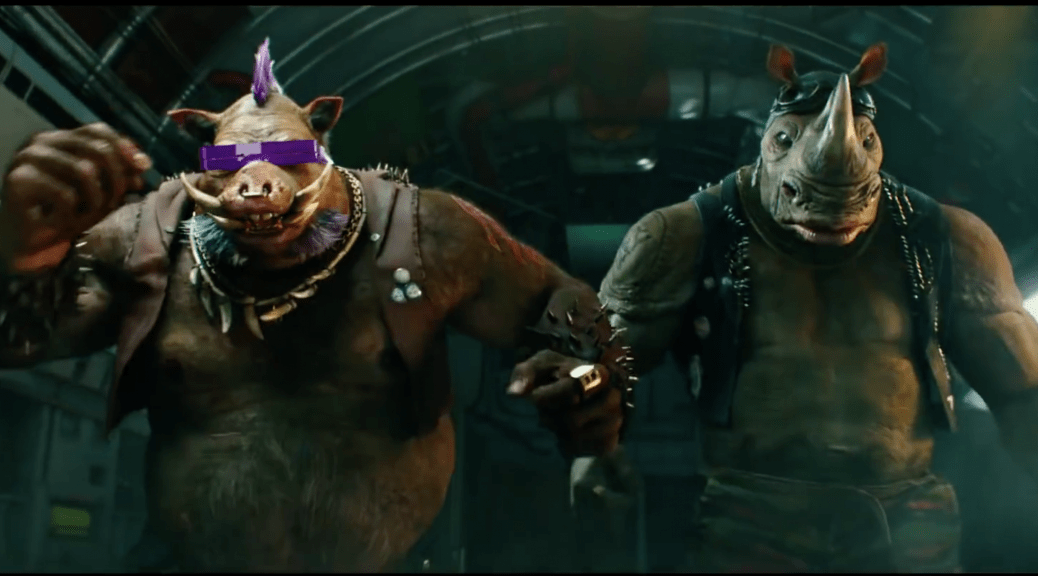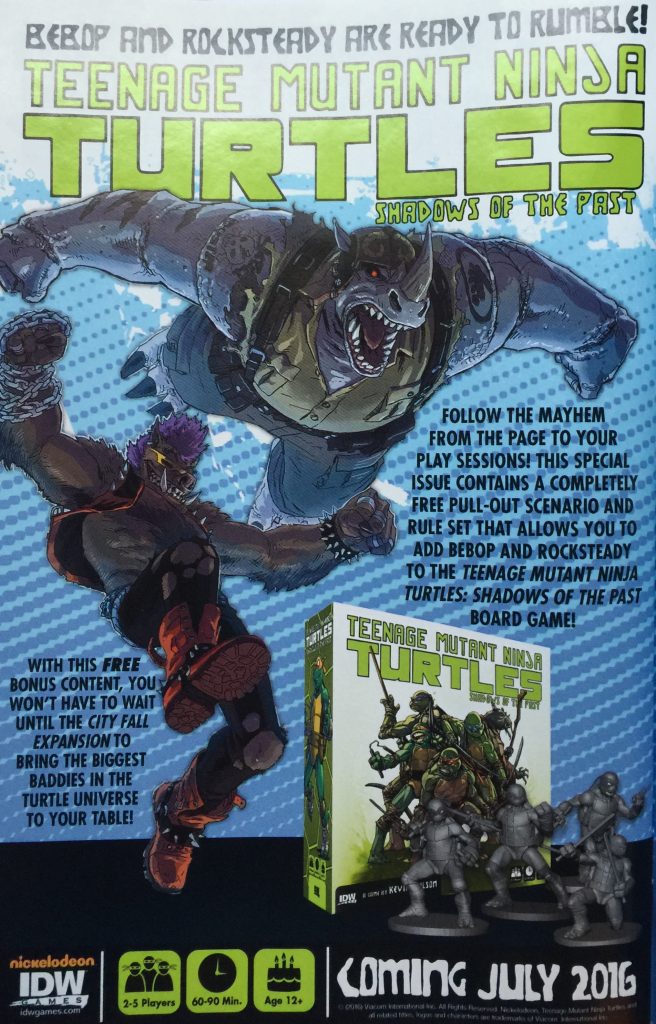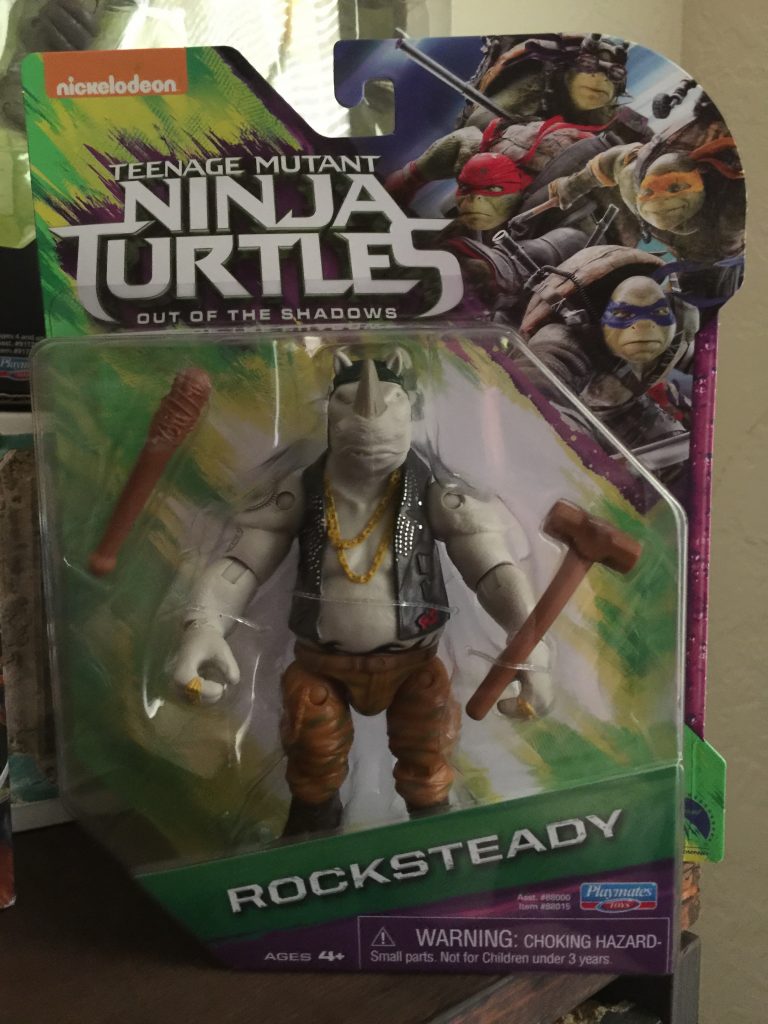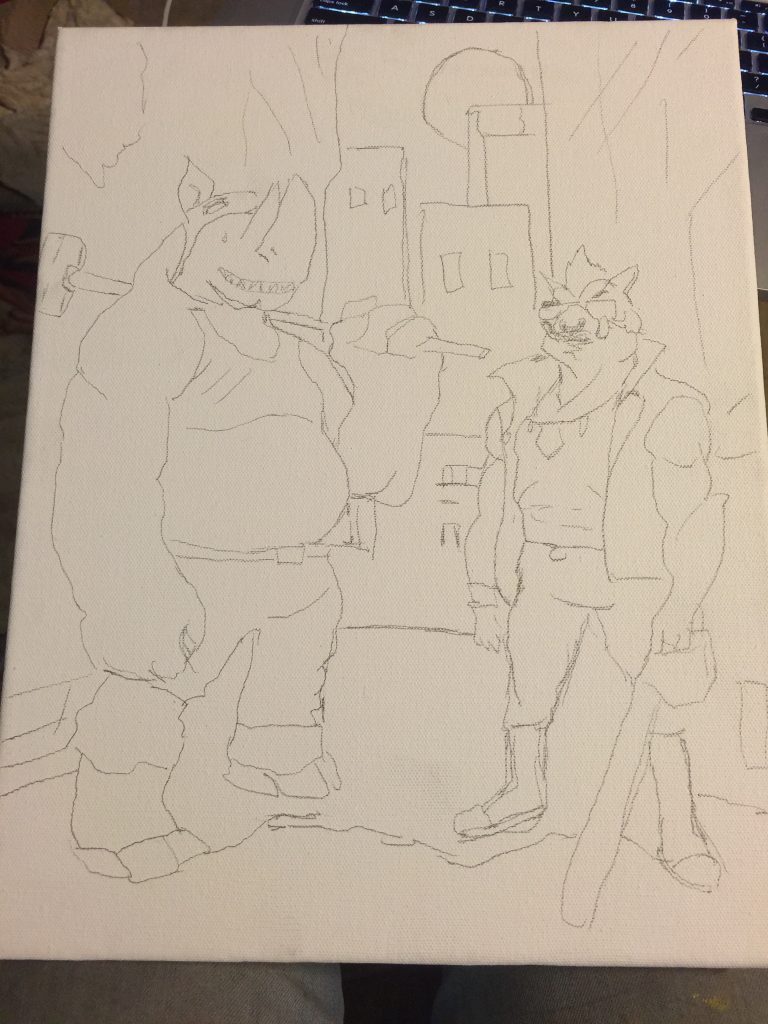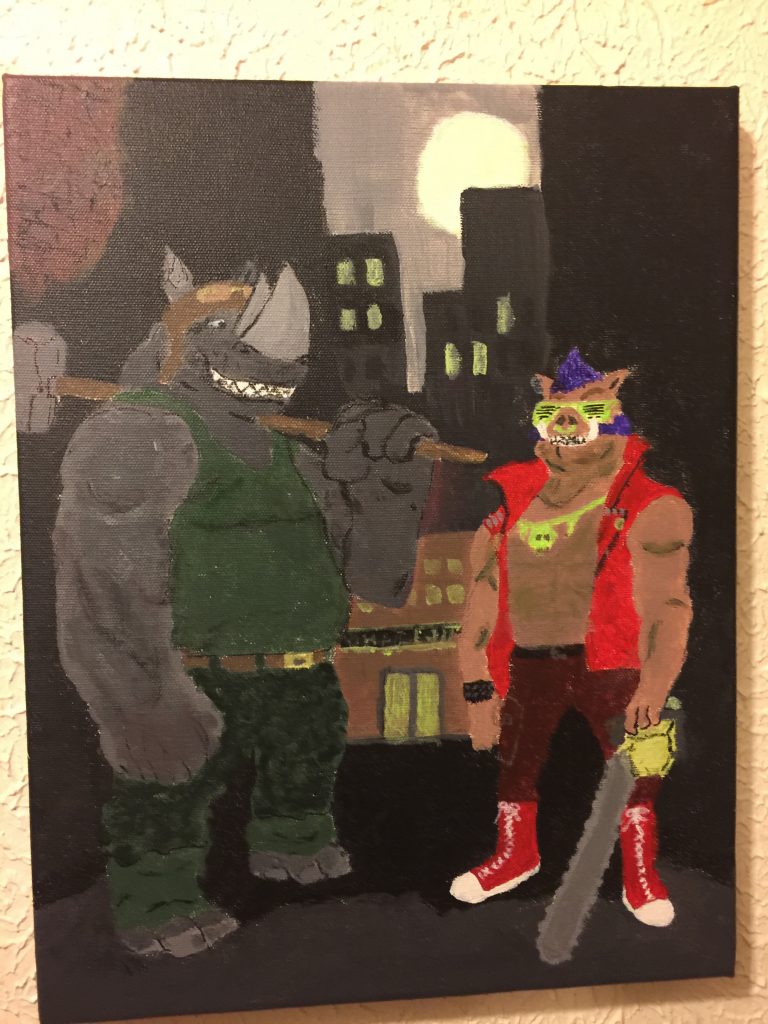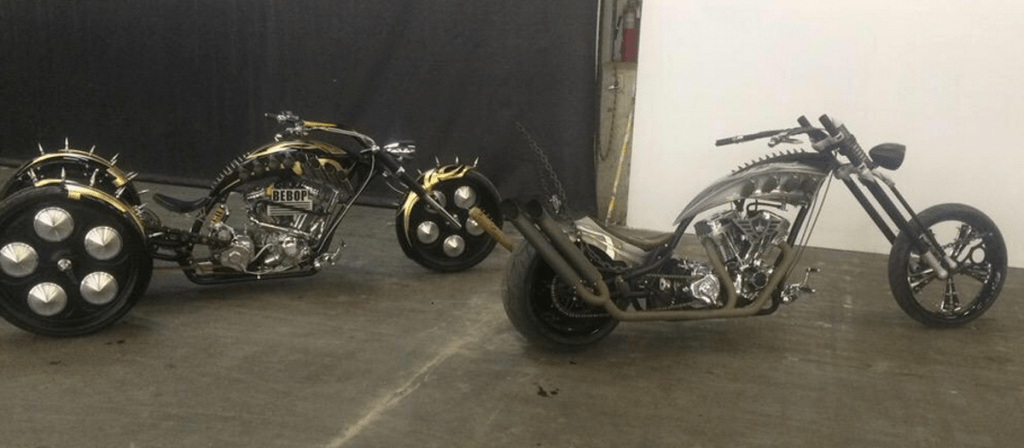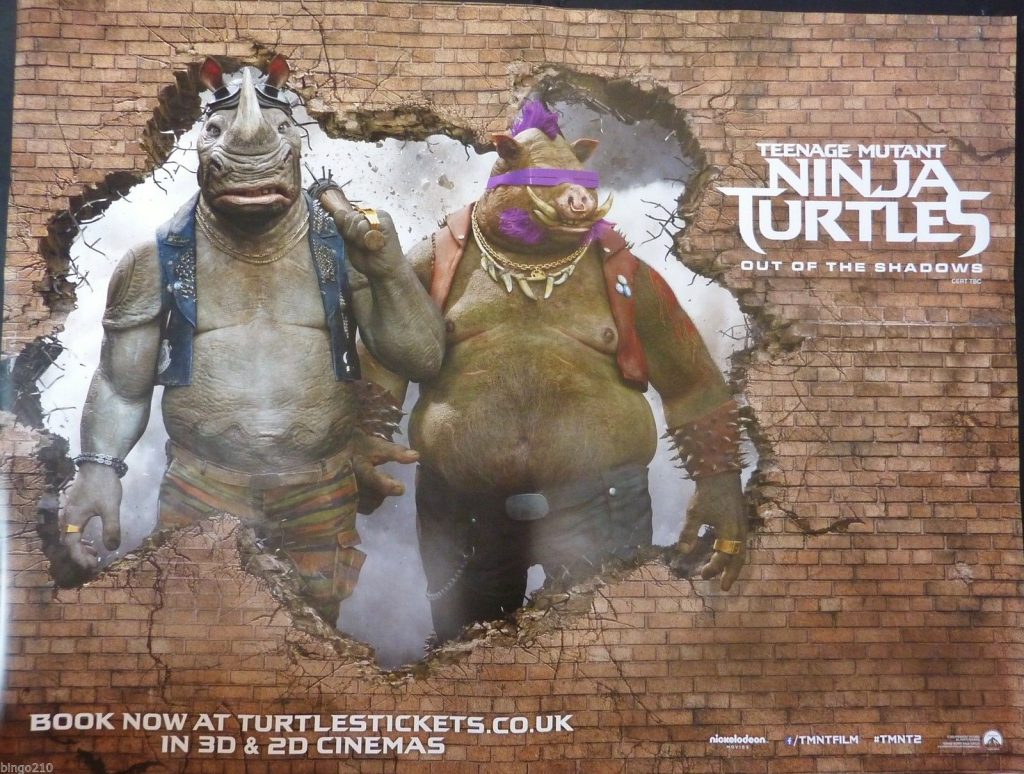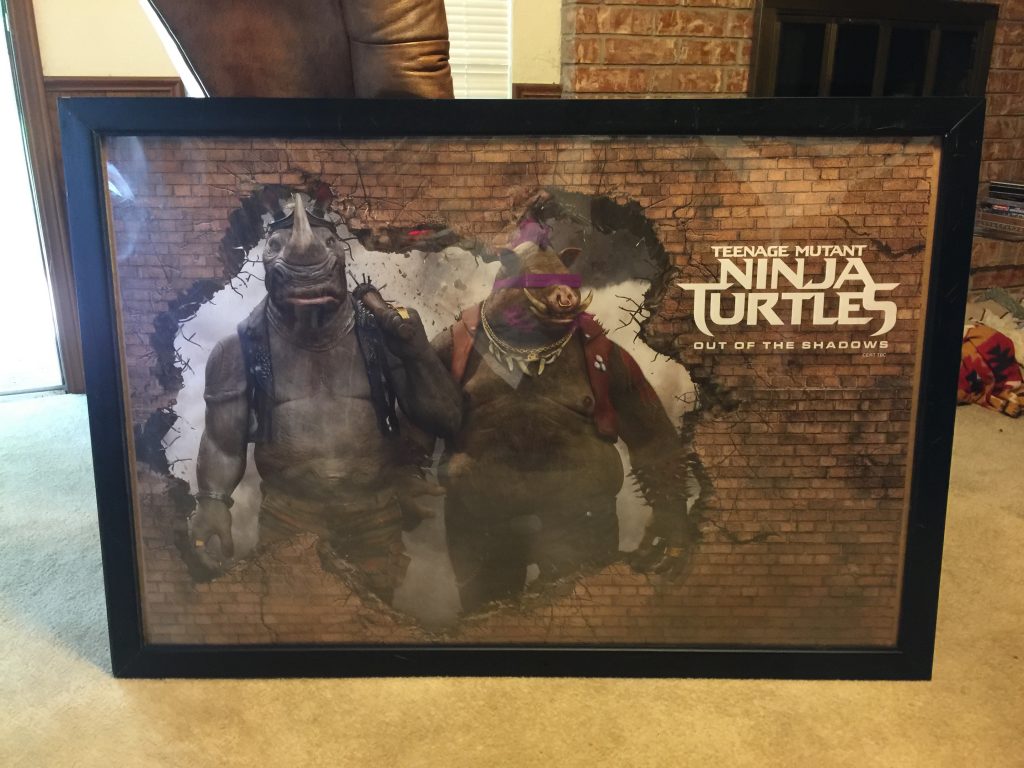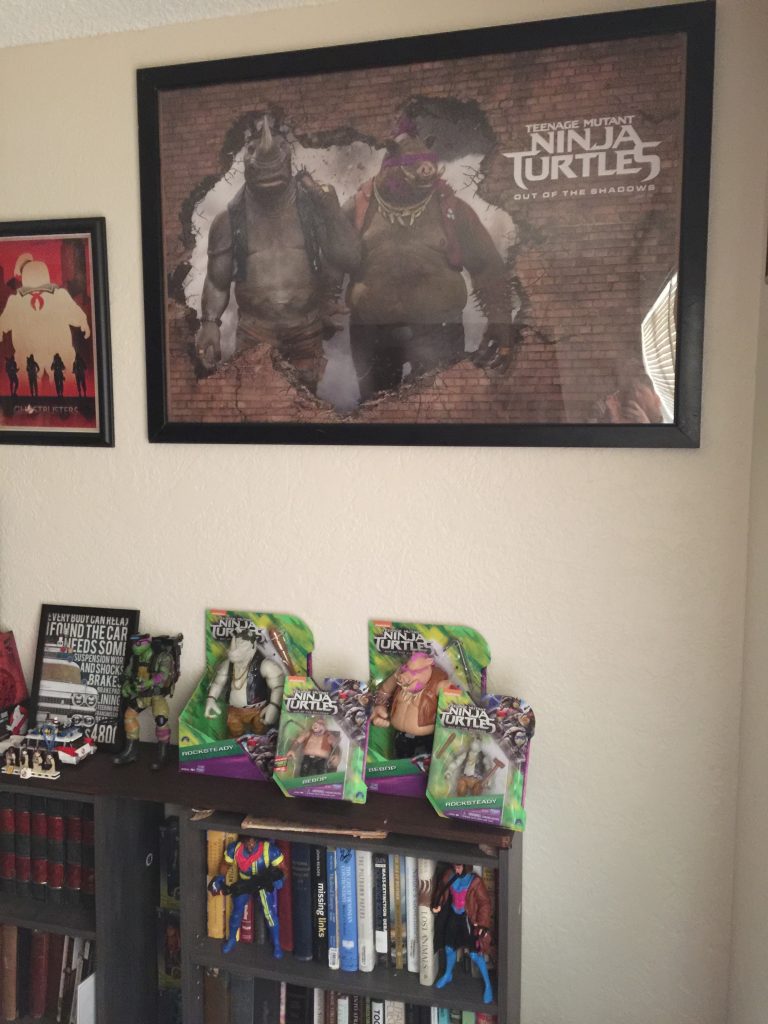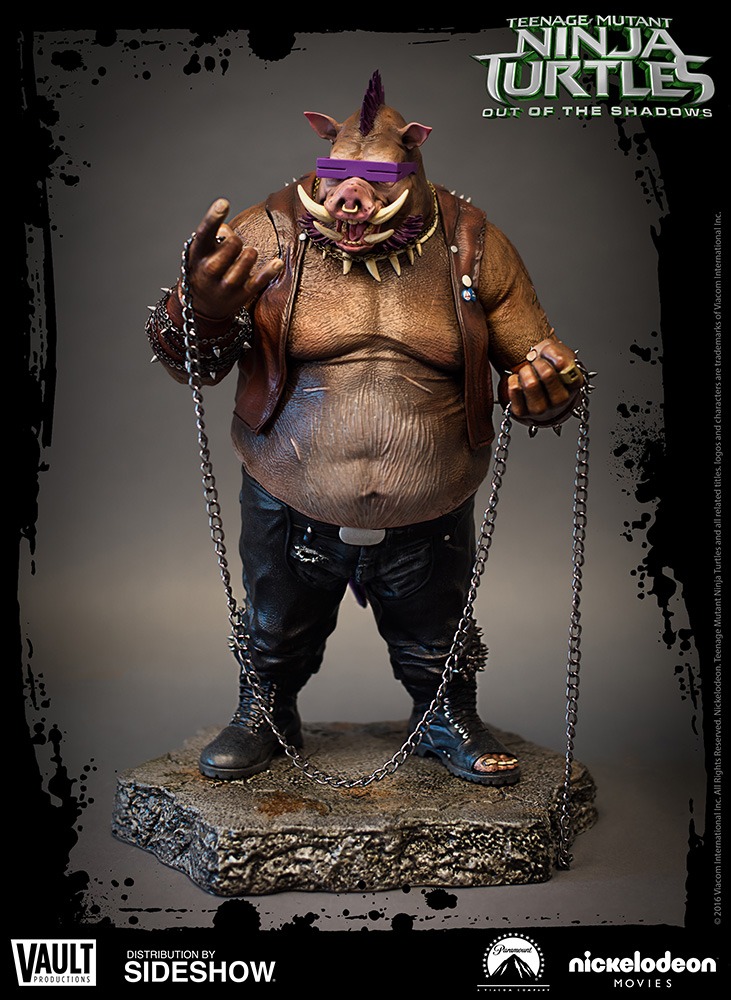One if by land, two if by sea! This section looks at fieldwork in guise of expeditionary forces from Captain Cook to American Army explorers in the American West. Exploration and fieldwork have been the two longest lasting interests since I started working with history professionally. To see how some of these books fit together was more useful than anything that they may have actually argued.
Nature’s Government has been reviewed on its own here, so I won’t retread on travelled ground and will focus more on how this books more or less arranges the others in the reading. In simplest terms Drayton’s “World History [from the British Perspective]” proposes that the impact of British dominance of the world was not a unidirectional project. That is to say that it was more than raw material that made its way back to England after colonization. Even in instances where one product was sent directly to another landholding (specifically breadfruit to feed slaves in the sugar plantations), British culture was shaped by the nature that was traded.
The biggest use of this book is a methodology of looking at trade as a complex with many movie parts and influences traveling in several directions as once. Similar to Iron Cages Drayton looks at several of the colonial parties together instead of looking at Britain Imperialism in bits and pieces.
Drayton also influenced D. Graham Burnett’s work in South America from a dissertation to publication as Masters of All they Surveyed. I first read this book in 2008 while doing field work in Belize. As an after workday read it isn’t one to keep on the bedside table. After reading Drayton now I see a little more at what Burnett was teasing out with the surveyors work. Working in the field as a surveyor meant literally scouting out the lines that were to go on a map. In the case Robert Hermann Schomburgk he tries to reveal the lasting legacy of the survey in imperial studies as more than just “map scouts.”
A broader theme in Burnett’s book tackles the very idea of border studies and mapmaking. By using Schomburgk’s survey of Guiana as a case study he opens the discussion for the geopolitics involved in mapmaking. This includes the thousands of deaths over imaginary lines argued over in drawing rooms. Many times the elite, armed with reports such as Schomburgk’s argued for the “naturalness” of such boundaries as folling certain rivers, or from the surveying tradition “landmarks” which are fixed and, if possible, enormous.
To compound the issue earlier surveyors were intent on finding the lost lands of El Dorado or other mythical regions that only existed on maps and in the minds of men. Mapmaking and naming in these instances almost have the biblical power of knowing someone’s true name. After all, if it is on all the maps, it must be true, just think of the Central American paradise known as Poyais. There is land speculation and then there is land speculation. Schomburgk was following in the footsteps of the explorer-hero Raleigh, and it isn’t the only time this kind of admiration led to explorations around the world.
Longitude and Empire is almost a misnomer for this particular book. Other than the fact that Cook was able to retrace and check the lines of longitude it more concerns itself with the impact of Cook’s island discoveries on the Enlightenment. The most obvious for my purposes is that the islanders in the South Pacific. The islands and their inhabitants represented “stages” of civilization in direct opposition to the (then) modern notion of the dichotomy of Civilization and Savagery. More broadly the systems of governance set up between islands strengthened British understandings of a nation-state.
One of the things that all the Cook books have in common, but never actually trace any deeper is the idea that these small islands dotting the Pacific were not tiny pieces of land across vast expanses of nothingness, the ocean that existed between islands were just as much part of the nation as the terrestrial counterparts. Some argue that Cook was a man of his time and an extremely lucky Enlightenment man of science, but the fact remains that islands that he visited, mapped, and named were generally never the same after his departure. Many had been visited before, but it was the regimented service of the British Navy that opened them up farther, and more deeply, than shipwrecks or whalers.
Frank McLynn’s book calls Cook the Master of the Seas. This is a good place to start if your knowledge of Cook is superficial. McLynn has several other good land explorer (Stanley and Burton) under his belt and attempts to look at the personal records of Cook in order to get inside his head. This leaves much to be desired for the context that may have shaped some of Cook’s decisions as well as his ideology for the missions. The man who could not be comfortable in his own retirement had need to undertake a third voyage to find the Northwest passage from the back door. It was the third voyage that sent Cook to the top of heroic martyrdom, a fate I am not 100% sure wasn’t his end goal with that third voyage anyway. By the time the remainder of that mission limped into port under a great cloud of misfortunate, news of Cook’s death was months old and most of the garments had been rent so the reception for the remaining crew was as warm as the weather.
The first two voyages however prove a more fertile ground for environmental historians to work. Trading Nature is one such outcome. In comparison to Drayton’s big picture work, Jennifer Newell takes a case study approach in order to get into the heart of the island of Tahiti and ecological exchange. The argument is as obvious as Drayton’s for anyone that is paying attention: every instance of trade in the case of something living (including seeds) is ecological exchange and it has an impact on both parties involved in the trade.
These more modern takes do much to dull the “fatal impact” theory. Newell’s search for “indigenous agency” will probably meet with some resistance if not merely controversy. Without a full record of the relationships we are at a constant disadvantage of painting these portraits from one side. It is likely that for whatever the Europeans believed they were duping the islanders, the islanders thought they were getting the best of the Europeans. Human nature. We see Cook and explorer’s attempts to set up filling stations on the islands to aid in sea travel, with unintended consequences on the native geopolitics. But, just as Drayton suggests in Nature’s Government, there were just as many unintended consequences back in Europe, they just didn’t necessarily involve complete upheaval of standard organization of power–unless you count something like the Great Reform Act. I am not saying that it is a direct result of Cook’s voyages or even trade, I am suggesting that many of the changes in British and European culture began with the wealth generated by trade. To tie this one back to Burnett’s book: “culture doesn’t live in maps.”
It wasn’t just Britain that was trading across the globe. There are two types of “imperialism.” The standard we must have more landholdings than x and the economic imperialism, which is what everyone generally thinks about when they hear the word. They are intricately related, but there are different aspects of each and we would do well to think about that as a complex just as these trade systems.
On the other team in this instance there was France. They are England’s main adversary at sea especially after the sinking of the Spanish Armada. They had extensive landholdings and trade networks as well. They also had a huge royal garden and an all encompassing revolution. As with Drayton, Emma Spary’s Utopia’s Garden was part of a singular discussion chronicled here. It serves as in interesting study in how “natural history” and more broadly “nature” handles the huge shift from monarchy to republic. The process was far more than just changing the name of the gardens and museum or putting out the sign that said “under new management.”
The fact that most of the staff working in the King’s garden weathered the revolution with appointments at the museum is a testament to their ability to work within changing socio-economic politics. In short, the move from idiosyncratic royal/aristocratic patronage to idiosyncratic governmental patronage. The fact that the garden was used by many of the revolutionaries as a way to not only justify the revolution but as a means of structuring the resulting government as well. It also reveals that the revolution was mainly a means for the upper middle class to take power from the elite of the elite and most of the poor working French were left with little more than they started with.
The other portion of this section opened up the exploration of the American West. The Goetzmann pieces are dated in ways (Mainly in 1957 and 1966 terminology) but in others remain an excellent starting place to understand what was going on in the west. The whole idea of rugged individualism is a myth. Everything the cowboy owned came from the east. Even the mountain men–who were apparently experiencing a Renaissance of sorts in the late 50s and early 60s, much to the chagrin of William Goetzmann–were beholden to the trading stations where the fruits of their labors were part of an international trade network of their own. Think of the fashion in Paris driving the need for beaver from the Canadian/US borderland wilderness.
In the same manner the opening up of the west was the undertaking of those in the East. They either lived there, worked there, or where educated there before moving past the Cumberland Gap, then the Mississippi River, and then later the Great American Desert. Army Exploration and the American West was Goetzmann’s American Studies Dissertation at Yale. Exploration and Empire was the result of a late reading of the dissertation by a publisher who offered Goetzmann a deal for a follow up book. One of the gleanings from both works is that we have to look at the American West in regards to the east. That is we have to see the uncharted west the same way we look at the ocean connections of the South Pacific Islands.
We also look at the West as laboratory, just as the ocean was for Cook. It is also another representation of the work that Schomburgk was doing in South America following the lead of Raleigh. It was a distinctly American process though, as it also mirrors some of that governmental patronage from the new Jardin in Spary’s Utopia. This is especially true of the post civil war period and the development of the topographical engineers as a separate entity. Many things impacted the American government’s involvement in the west, the shift from sea exploration (the U.S. Ex Ex has ended), the end of privately funded collecting trips of the 1830s and 40s gentlemen geologists, the develop of American Universities, and even the shift of the “Indian Question” from the War Dept to the Dept of the Interior.
In the end, though, and one of the things I hope to explore in my dissertation is that each of those aspects were part of a larger complex of issues that were structured with old systems in mind. Most especially when comparing the overland expeditions to their watery counterparts. This is particularly important in our case as out military models come from different countries. We get our Army from the French, so the exploration of the American West is akin to Napoleon in Egypt and out navy is modeled on that of the British, which leaves the US. Ex. Ex. similar in scope and model to the voyages of Cook and Darwin. Wilkes actually wanted to become the American Cook. There was also the huge push into hydrography and magnetic studies on the east coast. I think, as it has turned out it was the huge overland military assisted/led/involved that led to West Point eclipsing Annapolis in American consciousness for the place to go for a workable, military education.
As far as “Americanization” goes, the starkest example of that comes through James Haley’s Captive Paradise: The Unites States and Hawai’i. The greatest part of this books comes in Haley’s explanation of why he wrote it (and by extension why it is St. Martin’s Press and not an University Press, but that discussion will come at the end of this journey after I have finally answered my questions).
Haley’s work is revisionist, but not in the manner that the modern academy is expecting or producing. His arguments come from extension work within the Hawaiian archives themselves as well as the islands history before American contact. The standard narrative is the usurpation of the independent country, annexation and eventual statehood of the indigenous people at the hand of the more powerful Euro-Americans in the hardest, clearest picture of American Imperialism (as if we don’t have Panama for this).
Haley argues that long before it was a protectorate or territory under American conquest, Hawaii was aware of its power for trade and navigation. Going back to the Cook books and Trading Nature the arguments are there as well. The islanders were working a system that was working them. Haley’s lynchpin is that Hawaii was Americanizing long before it became part of America. This is that dual system of imperialism I mentioned earlier. For most other holdings, they were part of land grabbing imperialism first and economic imperialism after. In the case of mainland America and Hawaii that process seems to be reversed.
With the boundary surveys on land separating the American Northwest wilderness from the British Canadian wilderness as part of American expansion, Manifest Destiny, sea to shining sea, etc When the missionaries move in (major players in Empire building according to Haley) the Sandwich Islands no longer bore the name of Cook’s last benefactor. In the Shadow of Iron Cages one can ask how the Hawaiians were viewed in light of their new American citizenship as territory and statehood in 1959, and what comparison and contrasts can be drawn from the native Alaskans which were less traveled trade stops in the Pacific. For whatever else Hawai’i may be, it is an excellent example of economic imperialism, it also doesn’t hurt the irony of World History that the island where Britain’s golden sea captain is killed becomes an American State.
–~Epilogue~–
Exploring the West is a Smithsonian publishing popular coffee table book from 1987. The introduction was written by William Goetzmann. By most accounts such popular books do not warrant scholarly investment. If you have made it this far into this mess of a page you have realized that I am (by far) not most accounts. One of the things I work with is visual analysis and visual culture. This book is loaded with the latter. Books like these have become of great use to me in recent years as I have tempered my historical training with advanced work in art history. This isn’t all about the history of art. This is where you can learn to “read” photographs, ask questions about a publication’s audience based on what is included visually as well as (and especially) by what is being advertised in the finished products. Museum exhibit books will play a larger part in the end of this road as I work with the collection of essays surrounding artists and movements to understand them within their historical context.
A for instance, and in closing, I will share an image from Exploring the West that demonstrates an interesting turn for someone that studies the history of collecting, collection, and display. As part of this Smithsonian exhibit Titan Peale’s collecting gun is part of the display with odds and ends from his time with the US. Ex. Ex. This firearm has transcended life as a “scientific instrument” and even a tool od expansion as it was used in hostilities twice (see the silver name plate) to an artifact that is part of the same collection as the war clubs and shields that the US. Ex. Ex collected during their sea voyage. I will have more to say about the US Ex Ex and the Sea of Glory book that I didn’t included here. The Lost World of James Smithson did not add any more to the American story that wasn’t mentioned previously, but I do suggest you read it if you are interested in learning more about the beginnings of the Institution and early Washington DC.


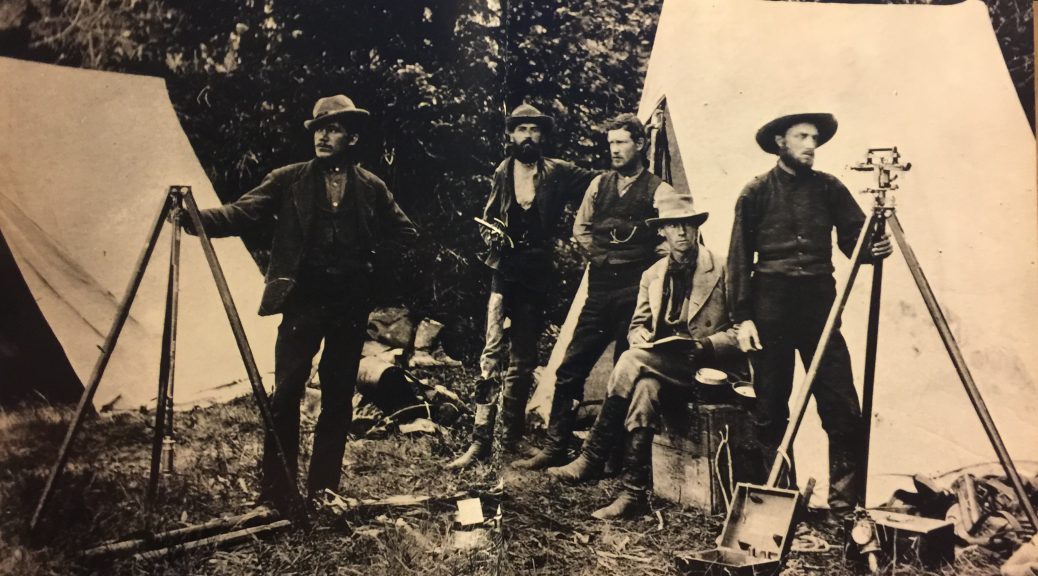










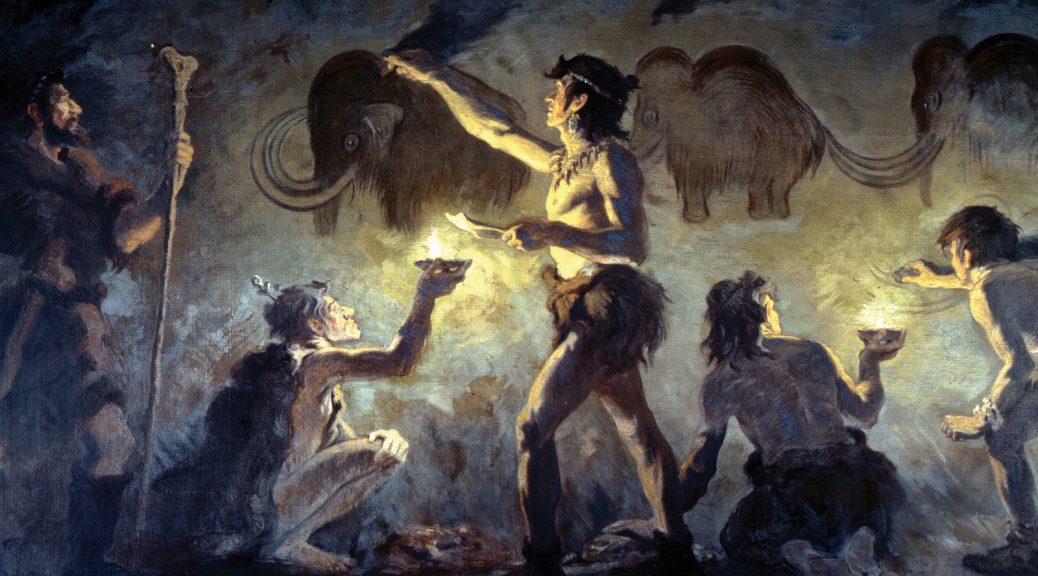



 Anyone who works with statistics will implore you to increase you n. The large the sample size the more your analysis can smooth out or accommodate oddities. Such was Samuel Morton’s drive in his collection of human skulls. Definitely macabre by any standards and offensive to a great number of tastes people are still arguing over the ideology of Morton and others of his day who went about dealing in body parts of others while never thinking to have their family members boiled, de-fleshed and numbered.
Anyone who works with statistics will implore you to increase you n. The large the sample size the more your analysis can smooth out or accommodate oddities. Such was Samuel Morton’s drive in his collection of human skulls. Definitely macabre by any standards and offensive to a great number of tastes people are still arguing over the ideology of Morton and others of his day who went about dealing in body parts of others while never thinking to have their family members boiled, de-fleshed and numbered.




























































